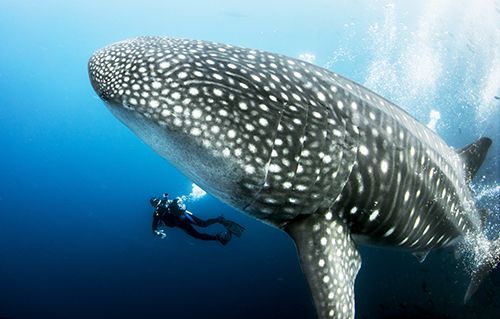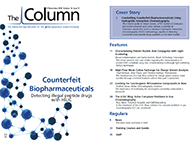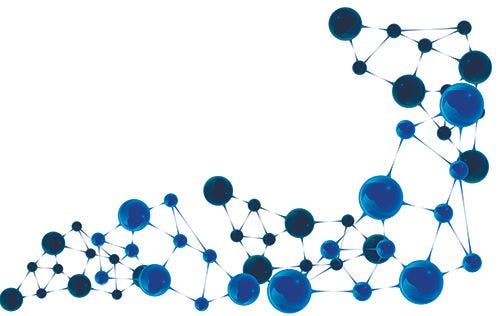Investigating Whale Shark Feeding Habits Using GC–FID
Researchers from the Centro de Investigación y Estudios Avanzados de IPN, in Mérida, Mexico, have investigated the feeding habits of the whale shark (Rhincodon typus) in the Mexican Caribbean using GC–FID.
Photo Credit: Lindsey / stock.adobe.com

Researchers from the Centro de Investigación y Estudios Avanzados de IPN, in Mérida, Mexico, have investigated the feeding habits of the whale shark (Rhincodon typus) in the Mexican Caribbean using gas chromatography–flame ionization detection (GC–FID) (1).
As the largest living fish species, whale sharks are an incredibly well known and well loved species popular with snorkelers and divers partly because of their gentle subdued nature and enormous size. Unfortunately, this touristic attention disrupts their feeding habits, and further pressures from fisheries exacerbates the situation because their meat, fins, and oil remain in high demand. The whale shark also falls victim to bycatch, where nontargeted species are caught up in fishing equipment. This has led to the species being added to the endangered species list (2).
To reverse this situation, research is needed to assist management and conservation strategies for the species. Whale sharks are a well-travelled species with a wide distribution around the planet, but the places where they feed are limited, commonly close to the coast where plankton is abundant (3). Their migration is heavily influenced by food availability, but more information is required to fully understand their feeding habits and the underlying drives of their movement to help with management programmes.
Previous studies performed in Mozambique, South Africa, and Australia (4–6) have suggested whale shark diets may include food sources from deeper regions of the ocean including the mesopelagic and bathypelagic zones. Researchers used fatty acid (FA) signature analysis performed using GC–FID to research the feeding habits in whale sharks found in the Mexican Caribbean.
Results supported the theory that whale sharks are feeding mainly on surface zooplankton in the Mexican Caribbean. The results were not consistent in relation to whale shark feeding habits in different aggregation sites around the world, which is evidence towards the adaptability of the species in different habitats and towards different prey.
References
- N. Cárdenas-Palomo et al., Environ. Biol. Fish101(11), 1599–1612 (2018).
- https://www.worldwildlife.org/species/whale-shark (Accessed 25/10/18).
- D. Rowat and K.S. Brooks, J. Fish Biol.80, 1019–1056 (2012).
- L. Marcus et al., Mar. Ecol. Prog. Ser.554, 115–128 (2016).
- L.I.E Couturier et al., Lipids48, 1029–1034 (2013).
- C.A. Rohner et al., Mar Ecol. Prog. Ser.493, 219–235 (2013).

Polysorbate Quantification and Degradation Analysis via LC and Charged Aerosol Detection
April 9th 2025Scientists from ThermoFisher Scientific published a review article in the Journal of Chromatography A that provided an overview of HPLC analysis using charged aerosol detection can help with polysorbate quantification.
Analyzing Vitamin K1 Levels in Vegetables Eaten by Warfarin Patients Using HPLC UV–vis
April 9th 2025Research conducted by the Universitas Padjadjaran (Sumedang, Indonesia) focused on the measurement of vitamin K1 in various vegetables (specifically lettuce, cabbage, napa cabbage, and spinach) that were ingested by patients using warfarin. High performance liquid chromatography (HPLC) equipped with an ultraviolet detector set at 245 nm was used as the analytical technique.
Removing Double-Stranded RNA Impurities Using Chromatography
April 8th 2025Researchers from Agency for Science, Technology and Research in Singapore recently published a review article exploring how chromatography can be used to remove double-stranded RNA impurities during mRNA therapeutics production.













